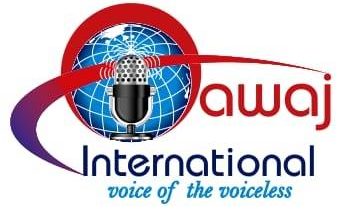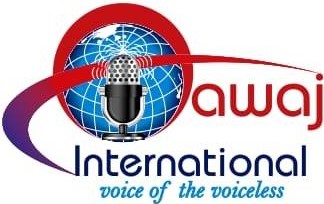Report on the abolition of forced labor
Aawaj International, in partnership with the Government of Nepal’s Ministry of Labour, Employment, and Social Security, plays a crucial role in providing consulting services for finalizing the report on the abolition of forced labor. Their expertise and collaboration ensure that the report aligns with international labor standards and effectively addresses the complexities of the issue.
The report submitted by the Government of Nepal to the International Labour Organization (ILO) under Article 22 of the ILO Constitution addresses the abolition of forced labor, as outlined in Convention No. 29, adopted in 1930. This convention, along with subsequent conventions such as C029, C105, C138, and C182, focuses on the eradication of forced labor and the protection of workers’ rights globally.
The importance of this report lies in several key areas:
Legal Compliance: Submitting this report demonstrates Nepal’s commitment to fulfilling its obligations under international labor standards. By participating in the reporting process, Nepal ensures that its labor practices align with global norms and conventions.
Transparency and Accountability: The report serves as a mechanism for transparency and accountability. It allows the ILO and the international community to assess Nepal’s progress in combating forced labor and implementing measures to protect workers’ rights. Through this process, any shortcomings or areas needing improvement can be identified and addressed.
Documentation of Efforts: The report documents Nepal’s efforts and initiatives undertaken between 2017 and 2021 to abolish forced labor. This includes legislative measures, policy frameworks, enforcement mechanisms, awareness campaigns, and capacity-building activities aimed at preventing and eliminating forced labor practices.
Sharing Best Practices and Challenges: Through the report, Nepal can share best practices and lessons learned in addressing forced labor. It provides an opportunity to highlight successful interventions, innovative approaches, and collaborations that have yielded positive outcomes. Additionally, the report can shed light on challenges faced by Nepal in combating forced labor, such as resource constraints, institutional weaknesses, and socio-economic factors.
Objectives of the Report: The primary objective of the report is to demonstrate Nepal’s commitment to eradicating forced labor and promoting decent work conditions for all. It aims to showcase progress made, challenges encountered, and future plans to further strengthen efforts in this area. Additionally, the report seeks to engage with the international community, seek support and collaboration, and contribute to global efforts to combat forced labor.
Overall, the submission of this report underscores Nepal’s dedication to upholding fundamental labor rights, combating forced labor, and contributing to the broader goal of achieving decent work for all, in line with the principles and objectives of the International Labor Organization. Additionally, Aawaj International’s partnership with the Government of Nepal’s Ministry of Labor, Employment, and Social Security enriches the process of finalizing the report on the abolition of forced labor. Their collaborative efforts contribute to the development of evidence-based policies and programs that advance the goal of eliminating forced labor and promoting decent work for all in Nepal.





